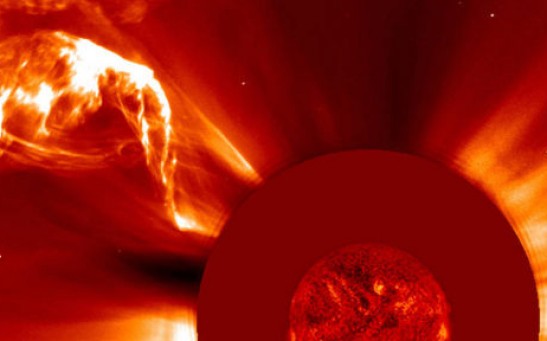astronomy
NASA’s Charles Bolden Discusses Why “Mars Matters”
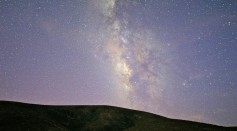
Meteor Shower Rains Bits of Halley’s Comet Down on Earth
SpaceX Preps for Test of Dragon Capsule
Humanity Closer to Mars Than Ever According to NASA
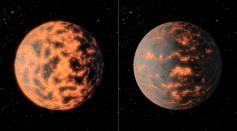
Super Hot, Super Earth Found 40 Light Years Away
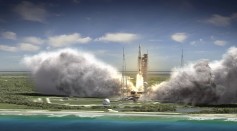
New Name for Space Launching System Could Be On The Way
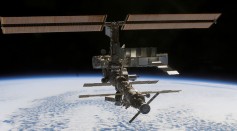
Canada Extends Its Support for the International Space Station
Will Russia Dismantle the ISS?
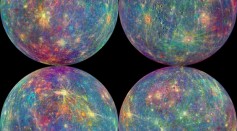
A Fond Farewell to NASA’s MESSENGER
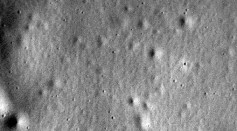
A Final Scene from Mercury—MESSENGER’s Last View
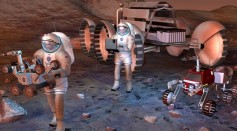
Signed Up to Go to Mars? Better Think Again, While You Have the Chance
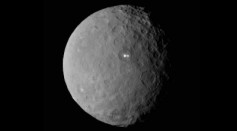
Are Ceres' Bright Spots Signs of Alien Life? NASA Wants You to Weigh In
Local Pacific Palisades NASA Team’s Satellite Technology Saving Lives in Nepal

Cosmic Radiation Reveals Devastating Affects on the Brain—What Plans Will This Change for NASA?
Most Popular

How Technology Is Changing the Real Estate Industry?

Study Reveals High Turnover in Scientific Research Careers: What This Means for Future Scientists

Nikolay Karpenko Biography, Photo, Career, Accomplishments

China’s Tiangong Space Station to Expand Its Capabilities With New Modules

